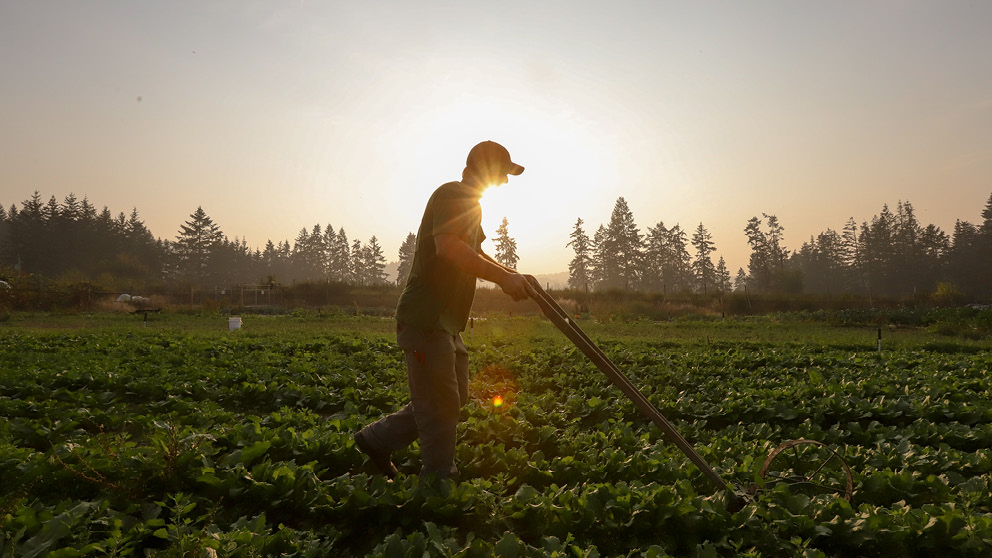Why more farmers are choosing renewable energy

Renewable energy sources have become genuine alternatives for Canadian farmers, more of whom are making the transition.
Statistics Canada’s 2021 Census of Agriculture reported nearly one in eight farms — 11.9 per cent, or 22,576 — reported some form of renewable energy production, more than double the 5.3 per cent, or 10,185 farms, in the previous 2016 census.
Lower costs and stronger incentives like carbon taxes played a big part in the surging numbers, according to Nazim Cicek, a biosystems engineering professor and associate dean of agricultural and food sciences at the University of Manitoba.
Renewable energy production could make farmers not only less reliant on outside energy sources but, in some jurisdictions, sellers of the power they generate.
The 2021 Ag Census reported 17,080 farms produced renewable energy for use on the operation and 6,517 for sale.
Solar power
Solar energy production remained the most common form of renewable energy production on Canadian farms, the Ag Census reported. Solar includes solar panels, solar heating equipment, solar fencing systems and solar water pumps.
Solar costs dropped by almost 90 per cent over the last 10 years.
The number of farms that reported producing this form of energy rocketed 68.5 per cent from 2016 to 14,587 in 2021.
“Solar costs dropped by almost 90 per cent over the last 10 years,” Cicek notes.
A bonus is that farmers can scale their setup to what they need. It might be for a high-electricity-consumption dairy farm, a crop farm that doesn’t need as much or, depending on the jurisdiction and available space, producing more than the operation needs and selling the excess.
Wind power
Wind was the second-most renewable energy-producing system reported in the census at 1,955 farms, up from 1,597 in 2016.
Some of the cheapest sources of electricity that can be produced come from wind and solar, Cicek says. Like solar, the cost of harnessing the wind has also been slashed.
“Wind energy cost has dropped by about 70 per cent over the last 10 years,” he says.
Reliability
Although wind and solar are great ways of producing green electricity, intermittency remains a challenge, Cicek says.
“Days the wind doesn’t blow or the sun doesn’t shine, you need to store electricity for those days,” he says. “If you can’t feed the grid and utilize the grid as a storage, or don’t have battery or another kind of storage technology, that becomes a problem.”
Farmers can come out ahead in their annual grid transactions if they can sell electricity on sunny or windy days and pull electricity from the grid on others.
Check for national, provincial and territorial government incentives for adding alternative energy to your operation. These include potential subsidies, interest-free loans, rebates and buy-back of energy produced.
From an AgriSuccess article as told to Richard Kamchen.

There’s a lot to consider when starting a farm, from finances and equipment to learning the ins and outs of the marketplace. Get tips from first-time operators as they share lessons learned.
